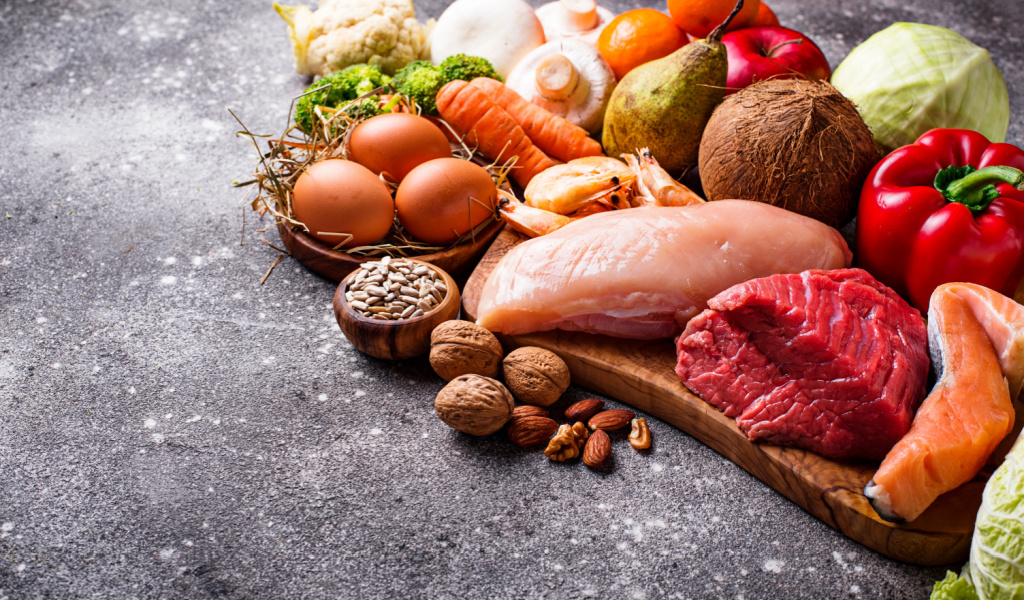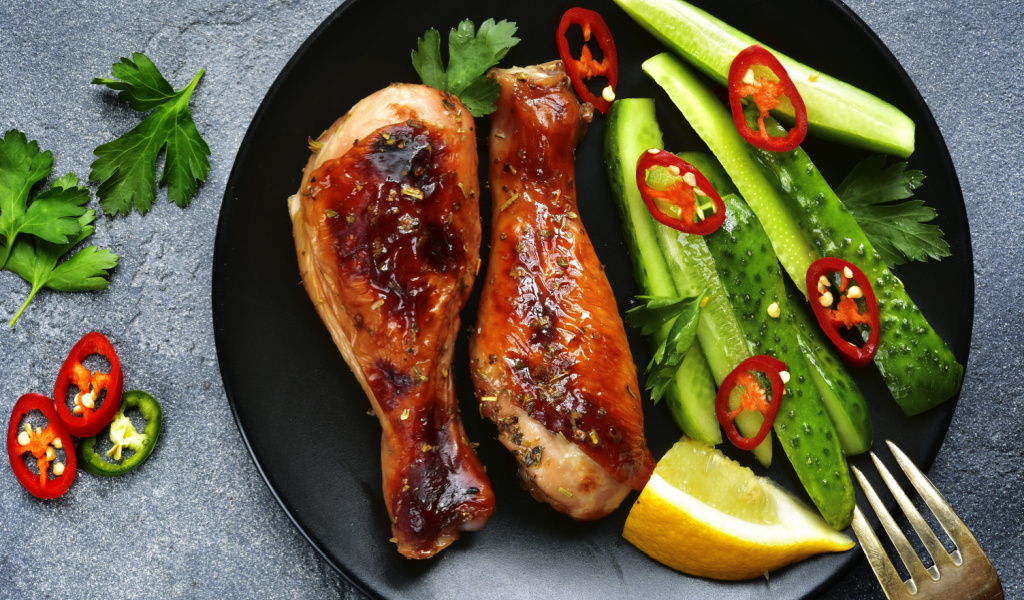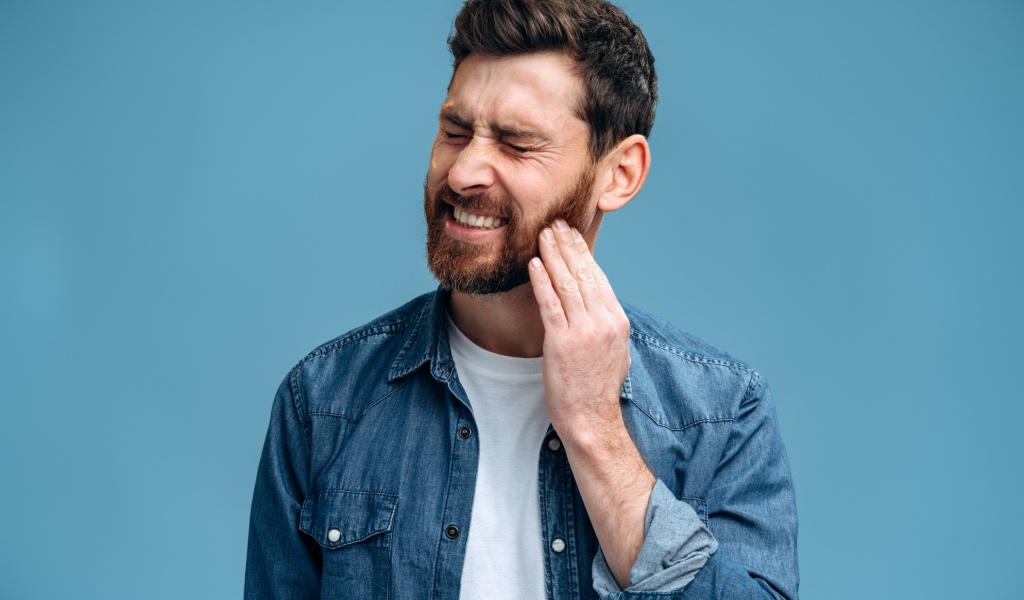The mere mention of the word “diet” comes with a negative preconceived notion, but worry not; despite its rather intimidating name, the paleo diet is actually more of a lifestyle than a diet.
The paleo diet has gained a massive following in the past few years and it’s the ultimate ‘throwback diet’, considering that it draws its core principles to promote eating as our ancestors did in the Stone Age. However, along with its popularity, this diet is very often misunderstood and misinterpreted. In this article, we will go over the basics of the paleo diet and why it’s so popular today.

Basics Of the Paleo Diet
Ever heard our grandparents complain about how the young generation today is not as strong as they used to be? Well, some of it it’s true – if you look back to about 200 years ago, a lot of the most common modern health conditions didn’t exist or were very rare. The health issues we struggle with today appear to coincide with our lifestyle changes and dietary choices. In fact, packaged food, refined sugars, mass-scale farming, and false dietary guidelines have all aggravated health conditions and it seems like we are sicker now than ever despite having a longer lifespan.
The paleo diet is an eating plan that’s based on food that people would have eaten during the Paleolithic Era, which dates from around 2.5 million to 10,000 years ago. Of course, we can’t access the food they used to, so a modern paleo diet includes vegetables, fruits, lean meats, eggs, seeds, nuts, and fish. In essence, the food that our ancestors could get by hunting and gathering is what the paleo diet is about. Remember it this way – according to the paleo lifestyle, if a caveman didn’t eat it, neither should you!
What’s The Purpose of The Paleo Diet?
Following the paleo diet teaches us how to achieve optimal health by inculcating the core principles of our ancestors who ate unprocessed, whole foods for a healthy lifestyle. The paleo diet is all about learning from the past and applying those insights, coupled together with research, to understand what makes our bodies function more efficiently. It’s based on the idea that our genes are not adjusted well enough for modern diets that are a result of farming.
Of course, farming makes legumes, grains, and dairy easily accessible, but it has changed the diets of animals that people consume. The idea of the paleo diet is that this mismatch in our body’s ability to adapt leads to heart complications, obesity, diabetes, and other health conditions.
Food Included in The Paleo Diet
In a nutshell, fresh food is what the paleo diet stresses. Here’s what you can eat in the Paleo diet:
- Green vegetables, especially spinach, broccoli, lettuce, and anything with a lot of chlorophyll.
- Fruits, including watermelon, citrus fruits, bananas, apples, berries, or anything that grows on a tree.
- Root vegetables (anything that grows under the soil), such as onions, carrots, potatoes, beets, and other starchy vegetables.
- Fish, in particular, sardines, salmon, cod, herring, and trout. Canned fish is a huge no-no.
- Nuts and seeds, but without overdoing it.
- Meat and poultry. Grass-fed beef and poultry are ideal for the paleo diet.
- Avocado and coconut oil.
Foods That Are Forbidden in The Paleo Diet
This primarily includes processed food, but there are certain fresh foods you should avoid too. Here’s a list:
- Canned and processed food.
- Eggs are allowed, but dairy is not. However, some variations of the paleo diet also allow cheese and butter.
- Sunflower, corn, and soybean oil.
- All types of legumes, including types of beans and lentils.
- Wheat flour, oats, corn, and quinoa.
Why Do People Follow The Paleo Diet?
There are two reasons why people choose the paleo diet. The first reason is to lose weight or maintain a healthy weight and the second is to reduce the severity of certain health conditions. Cutting out on entire food groups sounds like a very extreme way of eating, but it can be a healthy alternative to the typical modern diet that’s loaded with sugar and processed fats. Avoiding processed foods like sweets, sugary drinks, potato chips, cookies and the like will help lose weight too.
On the bright side, there have been plenty of innovative cooks who have craftily managed to swap ingredients to make your favorite dishes totally paleo-friendly. Moreover, paleo products are rising in popularity too, which means that you can prepare baked goods while following the paleo diet.
Here’s what a typical day’s menu with a paleo diet looks like:
Breakfast: Broiled fish and cantaloupe.
Lunch: Salad with tomatoes, cucumber, avocado, walnuts, and carrot with a lemon dressing.
Dinner: Lean beef roast with steamed broccoli, a salad, and strawberries for dessert.
Snack: Celery sticks, carrot, or an orange.
The benefits are not simply limited to slimming your waistline. According to several studies, the paleo diet can help manage cholesterol, high blood pressure, and triglycerides.
The Paleo Diet Emphasizes Fats
Sounds strange, right? But the good news is that the paleo diet encourages the consumption of fats and proteins. For a while, fats got a bad rap for being unhealthy, but modern research suggests that fats aren’t all that evil.
It’s important to understand that not all fats are the same; there are different types such as saturated fats, unsaturated fats, and trans fats. Unsaturated fats are important to the body since they cannot be produced by the body. These fats are found in walnuts, tuna, and other foods that are encouraged in the paleo diet.
Bottom Line
There is no denying the fact that a paleo diet can help you to lose weight or maintain a healthy weight. However, there are no long-term clinical studies about its benefits and risks. Having said that, you can achieve the same health benefits by eating a well-balanced diet coupled with sufficient exercise.
If you’ve decided to go paleo or are thinking about giving it a go, diving in headfirst may sound intimidating, so try to make small changes to your diet. Giving up on your favorite foods isn’t easy, particularly if you’ve grown up eating processed food. Start off by including more fresh fruits and vegetables and cut down on processed foods. Once you’ve done that, you can slowly work your way to eliminate refined sugars and gluten. Finally, eliminate soy, dairy, and legumes.
But don’t be too hard on yourself too. There is no need to stress if you can’t be perfectly paleo all the time. Remind yourself that eating paleo is not just a diet, but a lifestyle, and therefore, there will be days when you might find yourself straying. So, as long as you remember that your goal of going paleo is to prioritize your health, staying on track should be a lot easier.
Regardless, if you’ve now gone ‘paleo’, then your ancestors sure must be proud!




